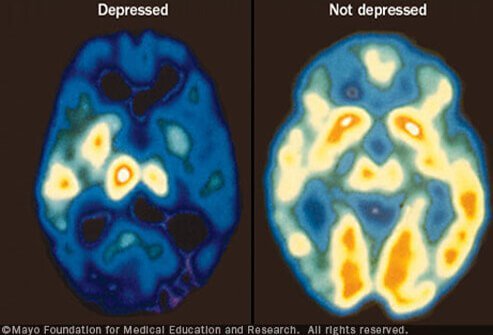Latest Depression News

WEDNESDAY, April 27, 2022 (HealthDay News)
Folks who struggle with depression and substance use disorders often tend to be smokers, but a new study finds that smoking rates among these vulnerable Americans have fallen significantly.
“This study shows us that at a population-level, reductions in tobacco use are achievable for people with psychiatric conditions, and smoking cessation should be prioritized along with treatments for substance use, depression and other mental health disorders for people who experience them,” said study co-author Dr. Nora Volkow, director of the U.S. National Institute of Drug Abuse (NIDA).
“Therapies to help people stop smoking are safe, effective and may even enhance the long-term success of concurrent treatments for more severe mental health symptoms in individuals with psychiatric disorders by lowering stress, anxiety, depression and by improving overall mood and quality of life,” Volkow said in a NIDA news release.
Researchers analyzed data from more than 558,000 adults 18 and older who took part in the 2006 to 2019 National Surveys on Drug Use and Health. People with major depression or substance use disorder, or both, were more likely to smoke cigarettes than those without these disorders.
But after controlling for factors such as age, sex, race/ethnicity, education and family income, the researchers found that during the study period, past-month smoking rates declined by 13.1% among adults with past-year major depression and by 8.2% among adults without major depression.
The difference in past-month smoking between those with past-year major depression and those without narrowed from 11.5% in 2006 to 6.6% in 2019.
During that time, past-month smoking fell by 10.9% among adults with past-year substance use disorder and by 7.8% among adults without.
Among people with both substance use disorder and major depression, past-month smoking rates dropped by 13.7% and by 7.6% among adults without either of the disorders.
There were significant declines in smoking among adults with major depression and substance use disorders across all age, sex, and racial and ethnic subgroups, except among American Indians or Alaska Natives. These communities have the highest smoking and lowest quitting rates among racial and ethnic subgroups in the United States, and these findings highlight the need to provide them with additional prevention and treatment resources, according to the authors.
The study was conducted by researchers at NIDA and the Substance Abuse and Mental Health Services Administration. It was published April 26 in the Journal of the American Medical Association.
Overall rates of smoking — the leading preventable cause of disease, disability and death in the United States — have been declining, the researchers noted.
More information
The harms of smoking and the benefits of quitting are outlined by the U.S. National Cancer Institute.
SOURCE: U.S. National Institute on Drug Abuse, news release, April 26, 2022
By Robert Preidt HealthDay Reporter

Copyright © 2021 HealthDay. All rights reserved.

SLIDESHOW
Learn to Spot Depression: Symptoms, Warning Signs, Medication See Slideshow